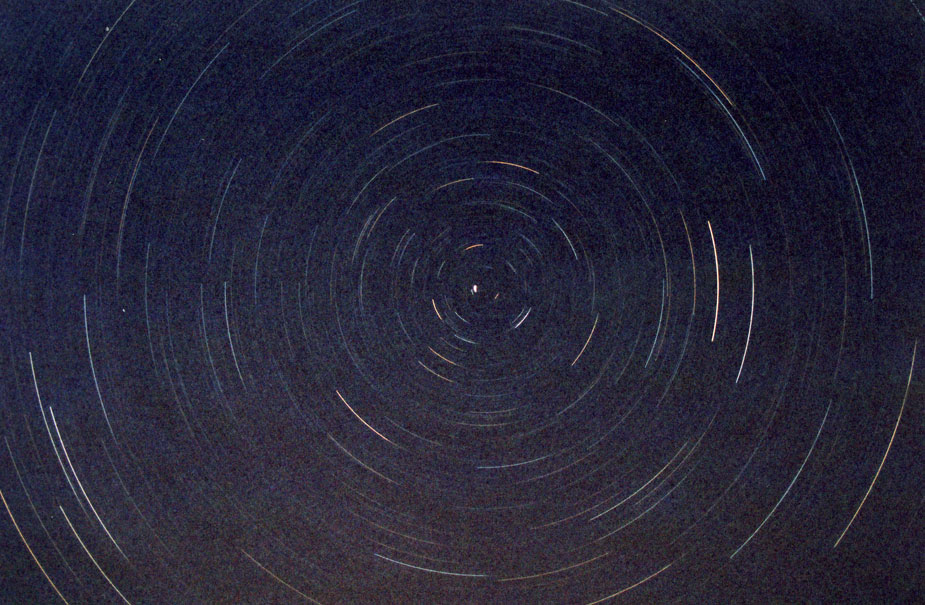
Autolycus of Pitane

Autolycus of Pitane (Greek: Αὐτόλυκος ὁ Πιταναῖος; c. 360 – c. 290 BC) was a Greek astronomer, mathematician, and geographer. The lunar crater Autolycus was named in his honour.
Autolycus came from Pitane in the Aeolis, Asia Minor, and was an instructor of Arcesilaus, also of Pitane, who founded the so-called Middle Academy. It is reported by Diogenes Laertius (4.29) that Arcesilaus accompanied his master on a journey to Sardis.
Autolycus was a successor to Eudoxus in the study of spherical astronomy, but was active somewhat later than the successors of the Cnidian, Callippus, and Polemarchus. It appears that he attempted to defend the Eudoxian system of concentric rotating spheres against critics, notably Aristotherus, the teacher of the astronomer-poet Aratus. The critics had pointed out that Venus and Mars seem brighter in the course of their retrograde arcs and that eclipses of the sun are sometimes annular and sometimes total, so that not all heavenly bodies remain at fixed distances from the earth. Autolycus acknowledged the difficulty in his discussion with Aristotherus and, inevitably, was unable to account for the variations by means of the Eudoxian system.
The two treatises of Autolycus, On the Moving Sphere and On Risings and Settings, are among the earliest works in Greek astronomy to survive in their entirety. On the Moving Sphere is almost certainly earlier than Euclid’s Phaenomena, which seems to make use of it (Sphere, Ch. 11, may be compared with Phaenomena 7). Pappus tells us it was one of the works forming the “Little Astronomy”—the “Small Collection,” in contrast with the “Great Collection” of Ptolemy.
Both Euclid and Autolycus make use of an elementary textbook, now lost, on the sphere, from which they take several propositions without proof, because the proofs were already known. In On the Moving Sphere, a sphere is considered to move about an axis extending from pole to pole. Four classes of circular sections through the sphere are assumed: (1) great circles passing through the poles; (2) the equator and other, smaller, circles that are sections of the sphere formed by planes at right angles to the axis—these are the “parallel circles”; (3) great circles oblique to the axis of the sphere. The motion of points on the circles is then considered with respect to (4) the section formed by a fixed plane through the center of the sphere. A circle of class (3) is the ecliptic or zodiac circle, and (4) is equivalent to the horizon circle, which defines the visible and invisible parts of the sphere. In Euclid the great circle (4) has already become a technical term, “horizon,” separating the hemisphere above the earth; Autolycus’ treatment is more abstract and less overtly astronomical.
On Risings and Settings is strictly astronomical and consists of two complementary treatises or “books.” True and apparent morning and evening risings and settings of stars are distinguished. Autolycus assumes that the celestial sphere completes one revolution during a day and a night; that the sun moves in a direction opposite to the diurnal rotation and traverses the ecliptic in one year; that by day the stars are not visible above the horizon owing to the light of the sun; and that a star above the horizon is visible only if the sun is 15° or more below the horizon measured along the zodiac (i.e., half a zodiacal sign or more).
The theorems are closely interrelated. Autolycus explains, for example, that the rising of a star is visible only between the visible morning rising and the visible evening rising, a period of less than half a year; similarly, he shows that the setting of a star is visible only in the interval from the visible morning setting to the visible evening setting, again a period of less than half a year. Another theorem states that the time from visible morning rising to visible morning setting is more than, equal to, or less than half a year if the star is north of, on, or south of the ecliptic, respectively.
Autolycus’ works were popular handbooks and were translated into Arabic, Latin, and Hebrew.
BIBLIOGRAPHY
In addition to works cited in the text, see J. Mogenet, Autolycus de Pitane (Louvain, 1950); and O. Schmidt, “Some Critical Remarks About Autolycus’ ‘On Risings and Settings,’” in Transactions of Den llte Skandinaviske Matematikerkongress i Trondheim (Oslo, 1952), pp. 202–209. See also the Mogenet edition of the Latin translation by Gerard of Cremona of De sphaera mota, in Archives internationales d’historie des Sciences, 5 (1948), pp. 139–164; and T. L. Heath, Aristarchus of Samos (Oxford, 1913), pp. 221–223.
[1]
Sources
[1] "Encyclopedia.com" by G. L. Huxley
Our Mobile Application
Check out Our Mobile Application "Ancient Greece Reloaded"


